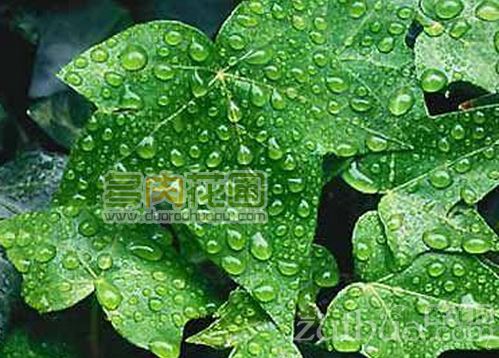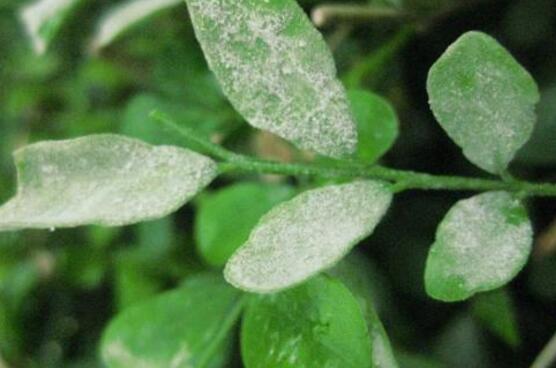Why are the leaves of Jiuli incense yellowing and falling off?
Jiuli incense likes to be warm and afraid of cold. After winter, Jiuli incense, which is moved into the room to prevent freezing and keep warm, occurs leaf yellow shedding, in addition to blowing cold wind, the main reason is that the basin soil is too wet or too wet. It is also related to poor indoor air circulation, dry environment, or too muggy.
Prevention methods:
First, the basin soil should not be too wet or too dry, just keep the general humidity.
Second, keep the room temperature at about 6 ℃ and pay attention to indoor ventilation.
Third, increase the environmental humidity and spray water on the leaf surface. After the freezing in February, although the leaves have fallen a little, if the branches are still green, they will grow new leaves again after moving out of the room.
Why do Jiuli incense leaves yellowing and shedding? Jiuli incense likes warmth and fear of cold. If it does not pay attention to keeping warm and stimulated by cold wind, it will produce leaf yellowing and shedding; long-term drying of basin soil will cause root wilting, and too wet will cause rotting roots; indoor air relative humidity is low and not circulating, which is also an important reason for leaf yellowing and shedding.
The latest information
How to manage Fusang in autumn how to maintain the small plant type of Yushu coral the reproductive management of South American daffodils the reason for the yellowing and falling off of the leaves of Narcissus

The nature of Jiuli incense likes warmth and fear of cold. If you do not pay attention to keep warm and be stimulated by cold wind after winter, the leaves will yellowing and falling off.
If the basin soil is too dry for a long time, it will cause root wilting, and too wet will cause root rot.
The relative humidity of indoor air is low and does not circulate, which is also an important reason for the yellowing and shedding of leaves.
- Prev

Control methods of Ivy Leaf spot
[symptoms] large waterlogged brown to dark brown patches are produced at the edge of the leaf, which often rapidly extends to the 1mm of the leaf or the whole leaf, and a gray mildew layer occurs when the humidity is high. It happens seriously in some years. [occurrence regularity] the sclerotia overwintered mainly in the sick and disabled body. Sclerotia germination in spring
- Next

Control methods of Jiuli incense leaf blight
[symptoms] occur on the leaves, mostly from the leaf tip leaf edge to start the disease, serious can also spread to the tip, tender stem. The disease spot begins as a faded green macula, expands rapidly, and soon infects the whole leaf and becomes yellowish brown. In the later stage, the leaves were withered and covered with black grains, that is, the conidium of the pathogen.
Related
- Fuxing push coffee new agricultural production and marketing class: lack of small-scale processing plants
- Jujube rice field leisure farm deep ploughing Yilan for five years to create a space for organic food and play
- Nongyu Farm-A trial of organic papaya for brave women with advanced technology
- Four points for attention in the prevention and control of diseases and insect pests of edible fungi
- How to add nutrient solution to Edible Fungi
- Is there any good way to control edible fungus mites?
- Open Inoculation Technology of Edible Fungi
- Is there any clever way to use fertilizer for edible fungus in winter?
- What agents are used to kill the pathogens of edible fungi in the mushroom shed?
- Rapid drying of Edible Fungi

